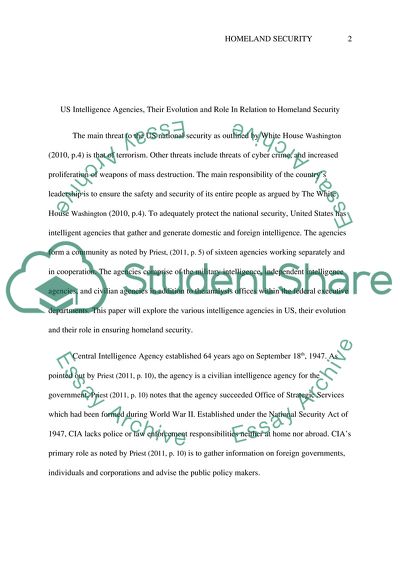Cite this document
(The Various Intelligence Agencies in the US Case Study, n.d.)
The Various Intelligence Agencies in the US Case Study. Retrieved from https://studentshare.org/law/1764901-homeland-security-intelligence
The Various Intelligence Agencies in the US Case Study. Retrieved from https://studentshare.org/law/1764901-homeland-security-intelligence
(The Various Intelligence Agencies in the US Case Study)
The Various Intelligence Agencies in the US Case Study. https://studentshare.org/law/1764901-homeland-security-intelligence.
The Various Intelligence Agencies in the US Case Study. https://studentshare.org/law/1764901-homeland-security-intelligence.
“The Various Intelligence Agencies in the US Case Study”. https://studentshare.org/law/1764901-homeland-security-intelligence.


